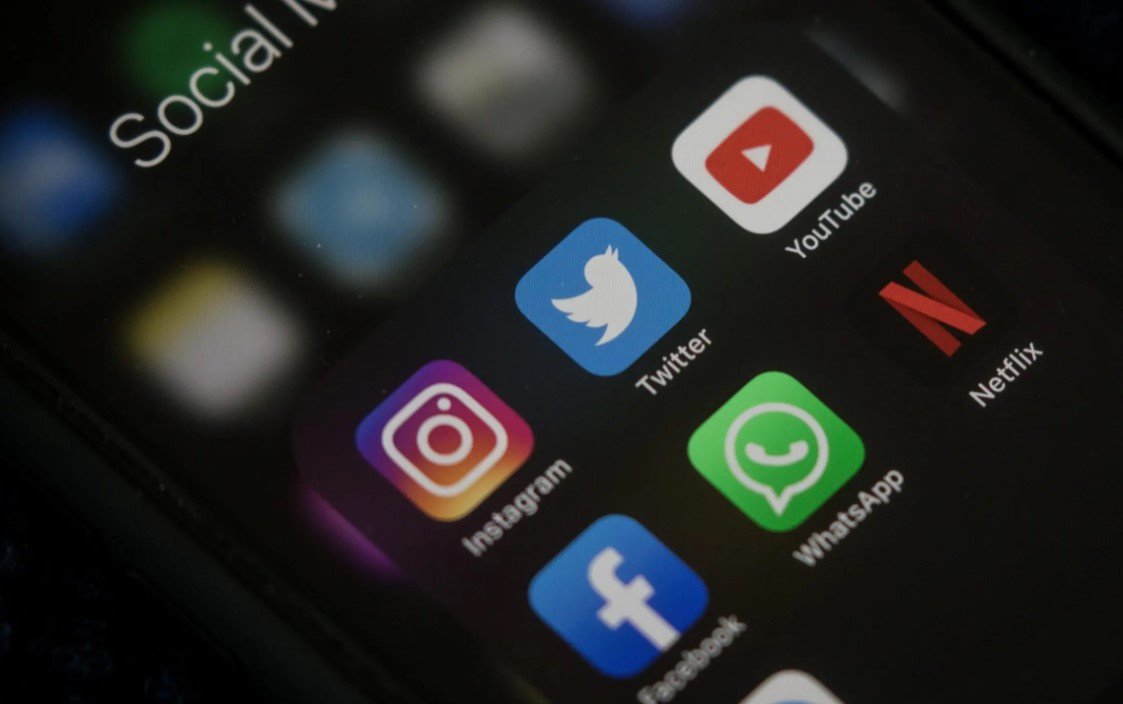In an era where information is as potent as weapons, a new kind of warfare has emerged on the digital front. The battleground is not limited to the physical realm but extends into the virtual spaces where opinions are shaped, and elections are influenced. As the U.S. braces for another presidential election, the specter of foreign interference looms large, with Russian cyber trolls leading the charge.
The Evolution of Influence
The tactics employed by these digital disruptors have evolved significantly since their first forays into the American political scene. Initially content with sowing discord through divisive posts on social media, these operatives have now embraced sophisticated technology to craft more convincing deceptions. Artificial intelligence now powers their arsenal, enabling the creation of deepfake videos and voice manipulations that are alarmingly difficult to distinguish from reality.

The goal remains unchanged: to erode trust in democratic institutions and amplify societal divisions. By targeting specific demographics and exploiting hot-button issues, these trolls aim to manipulate public perception and voting behavior. Their methods are insidious, their reach is global, and their impact is profound.
The Weaponization of Social Media
Social media platforms, once hailed as tools for democratization and free expression, have been weaponized. Algorithms that prioritize engagement inadvertently amplify the trolls’ divisive content, allowing it to spread like wildfire. The echo chambers thus created reinforce existing biases and harden ideological divides.
These platforms have become a fertile ground for misinformation campaigns. From fake news articles to doctored images and videos, the content crafted by these trolls is designed to deceive and mislead. The anonymity afforded by the internet allows them to operate with impunity, often masquerading as legitimate activists or concerned citizens.
The Response and Resistance
Combating this new form of cyber warfare requires a multi-faceted approach. Governments, tech companies, and civil society must collaborate to develop strategies that can counter the spread of disinformation. This includes improving digital literacy among the populace, so individuals can better discern fact from fiction.
Social media companies are under increasing pressure to police their platforms more effectively. While strides have been made in identifying and removing fake accounts, the sheer volume of content makes this a Sisyphean task. It is a race against time and technology, with the integrity of democracies hanging in the balance.
































